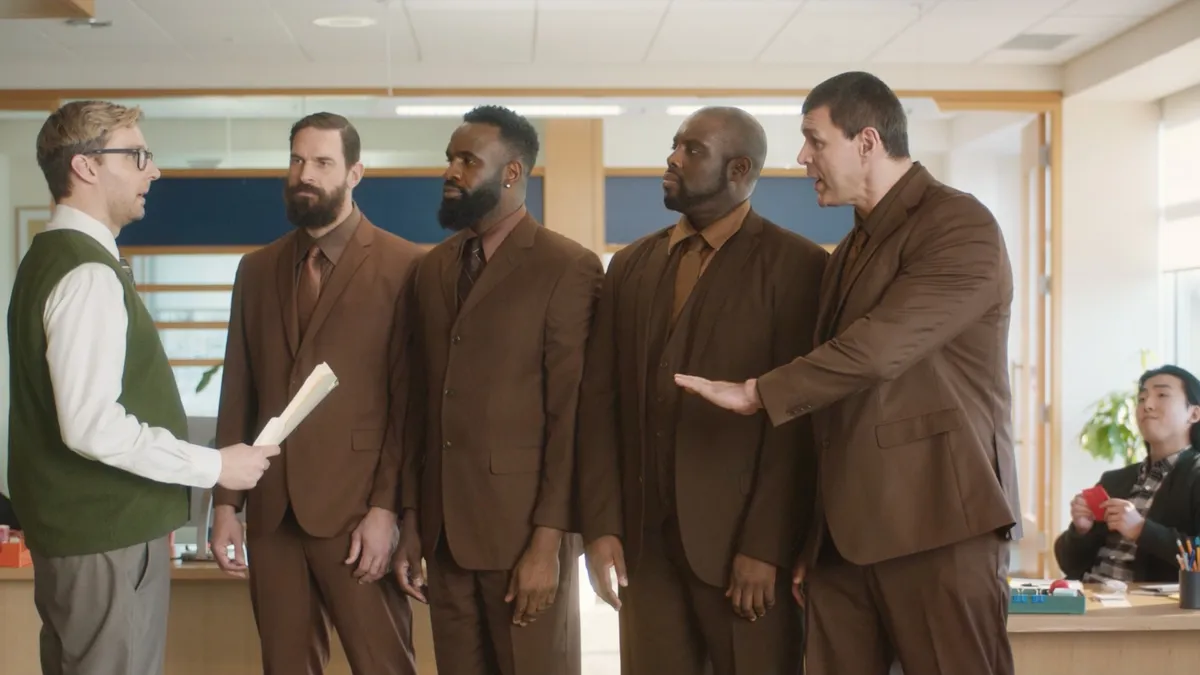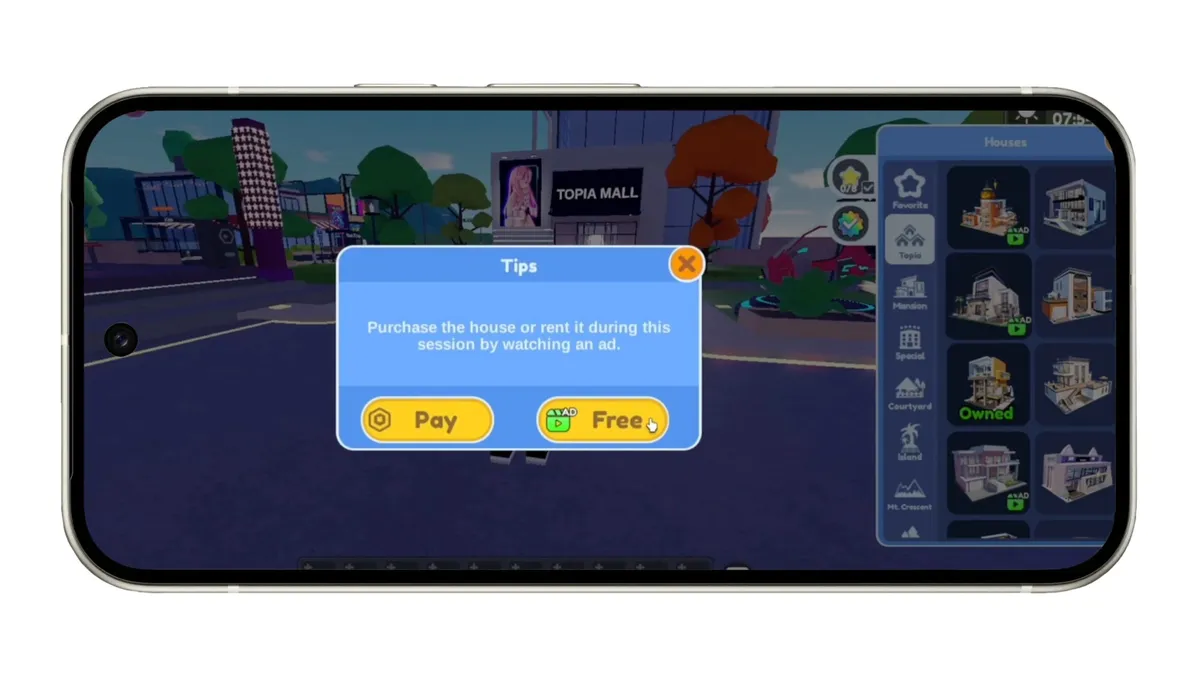Plenty of recent research underpins how consumers want marketers to break with stale gender stereotypes both male and female in their advertising. But what about representation that steps beyond the bounds of binary representation altogether?
At the South by Southwest festival in Austin, TX, last month, several marketers on a panel moderated by the locally-based agency T3 spoke on the growing importance of including transgender, non-binary or genderqueer people in campaigns. Non-binary or genderqueer refers to people who identify as falling outside the categories of male or female, according to GLAAD's Media Reference Guide. For younger consumers, in particular, the inclusion of such identities steps beyond carrying the progressive torch and is simply something many might come to expect based on their life experience.
"From a statistical standpoint, 50% of millennials feel that gender is on a spectrum, and 56% of Gen Zers know someone who uses gender-neutral pronouns," said Andy Bossley, senior manager of global marketing campaigns at IBM, citing statistics pulled from a Fusion poll and study from the The Innovation Group, respectively.
"We are at this moment in marketing and advertising where the market is shifting," he added. "The onus of this effort is going to fall on the brands and advertisers to push our media partners in the direction that we want them to go."
Underseen and underheard
While there may be a swell of support, ads that break with a male-female mold are exceptionally rare. Part of that might stem from marketers' fear of backlash from either side of the political aisle — conservative viewers in favor of traditional gender representation and also progressives sensitive to ensuring people are accurately and tastefully portrayed. In the latter case, panelists said it's more of a learning process than a crucible.
"The language is evolving [...] don't get stuck with the language, keep up as best you can," Shane Whalley, the owner of Daring Dialogues Consulting and an adjunct assistant professor at The University of Texas at Austin, said. "The other really important piece is that if you make a mistake, which we all do, just stay in those conversations and listen to the community."
One example of an ad depicting gender fluidity that earned praise was Coca-Cola's Super Bowl TV spot from this year, which used they/them pronouns. Though the creative calls this out, it does so without distracting from Coke's broader messaging, which has always been about optimism, according to Bossley.
"It all laddered into their existing brand platform that they've had for over 130 years," he said. "It made sense — it didn't feel like an outlier for them."
However, if the appeal of gender fluidity in advertising does grow for marketers like Coke, it's important for them to be especially mindful of actually embodying inclusivity beyond what's presented to consumers.
"Let's say you do a great campaign and I feel seen. I'm going to go to your company's website, look up your non-discrimination policy and see if it's inclusive," Whalley, who identifies as genderqueer, said. "The inside-out piece is really important."
Tech empowers personalization
Another point brought up by panelists was how strictly binary gender marketing, beyond not being entirely representative, sometimes isn't the best way to reach today's consumers with relevant, high-quality ads and content.
"If we're targeting people based on what we perceive is gender or what we perceive the stereotypes around gender are, then we aren't actually really targeting people — we're targeting an 'average person,'" said Chelsea Hostetter, a user experience designer at the firm Goodpatch.
As technology evolves to allow more granular interest- and needs-based personalization, serving an ad for a restaurant, for example, should relate to whether a person is searching for food and less on something like gender, per one example highlighted by Bossley.
"From a data perspective with marketing, we have the ability to target people based off of intent and base signals — you don't even necessarily have to take into account audience definition," Bossley said.
"We're at this moment where we now have the ability from a technology standpoint to deliver messages on that more one-to-one relationship that you don't have to rely on things like gender," he added.
An industry to lead change
Given marketing's role in supporting media and entertainment, brands have the opportunity to be leaders when it comes to broadening representation of the gender spectrum, panelists said. Some of that change might have to be spurred from inside of the industry outward.
At SXSW, T3 announced the launch of The Pronoun Project, an initiative calling on marketers to commit to crafting ads, designs and experiences that more accurately reflect people's identities. As part of the effort, the agency is donating $1 per pledge up to $5,000 split across the nonprofits Gender Spectrum and Equality Texas.
Convincing executives and CMOs to break with gender binary marketing can be more of a challenge and does have its risks. However, those are risks that can pay off in a business sense if strategies are executed well.
"From a dollar and cents standpoint [...] a 5% increase in customer retention can lead to 95% more profits," Bossley said. "If you are able to speak to an audience with the terms that they use in an inclusive way, you're going to facilitate a brand that's built on trust and respect."
"At this time, from a political standpoint, that feeling of inclusion goes so far, and you will win customers because of that," he added. "You'll win lifetime customers."























